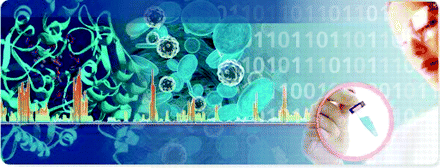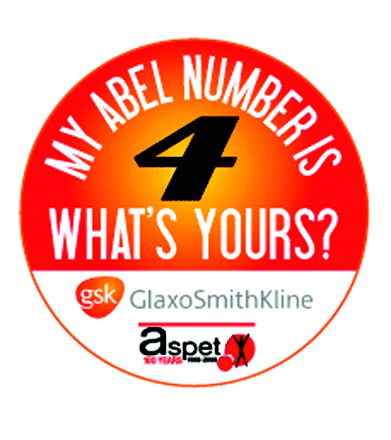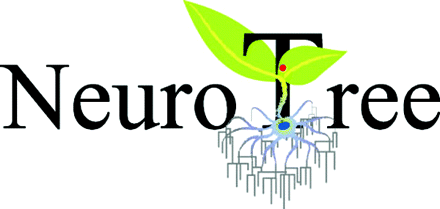Sites of interest on the World Wide Web
NCI Proteomics
The NCI has been pursuing the goal of advancing protein science to develop personalized medicine for a number of years. Recently, the National Cancer Institute has established the Clinical Proteomic Technologies for Cancer initiative (CPTC). The CPTC provides a rich array of resources for the research community, including educational materials and reagents, with the goal of standardizing collection and storage and characterization of biologically important materials, such as antibodies. The CPTC Web site (http://proteomics.cancer.gov) has a comprehensive section on education, with topics such as the eprotein newsletter, patient information, proteomics primers, webinars, and podcasts. Perhaps most useful for researchers will be the links for funding opportunities through CPTC and the reagent resources. The reagent section includes not only protocols and procedures for the characterization of antibodies and other reagents but also has links on how to obtain the antibodies. Characterization profiles are also available through their database, the Reagent Data Portal. Although the list of antigens is small but growing, and most have at least two antibodies available. A database of antibodies in the production pipeline is also available online.

Speaking of Antibodies: The Developmental Studies Hybridoma Bank
The University of Iowa houses the Developmental Studies Hybridoma Bank (DSHB) at http://dshb.biology.uiowa.edu. The DHSB is an NIH-created national resource that collects and distributes a wide array of antibodies for minimal cost to the investigator (ca. US $25, for 1 mL supernatant fluid). The DHSB collection includes antisera specific for Drosophila and Dictyostelium antigents, cytoskeletal elements, transcription factors, NCI-Cancer Targets, cell signaling proteins, and epitope tags, to name but a small subset of the catalog. Online ordering is available, and your contribution of antibodies to the rapidly growing collection (10 20% increase per year) is encouraged.
In addition to the Hybridoma Bank, the DSHB has created a second collection, the DSHB-Microbe (Microbe Antibodies, http://dshb.biology.uiowa.edu/Antibody-Collections/Microbe-antibodies), which focuses on antibodies directed against components of avian myoblastosis virus (gag), reovirus, E. corrodens (lysine decarboxylase), and many others.

See Structures In 3D (Cn3D)
Some time ago, the National Center for Biotechnology Information (NCBI) established the Entrez Structural Database. The structures contained therein, from X-ray crystallography and NMR studies, are freely accessible to biologists. The visualization of structures has relied on Web-dependent plugins or stand-alone molecular graphics programs of varying strengths and ease-of-use. In order to make visualization easier, NCBI provides a free viewer with some advanced capabilities in a very user-friendly package. The Cn3D package (www.ncbi.nlm.nih.gov/Structure/CN3D/cn3d.shtml) provides a visualization tool for structures, sequences, and sequence alignments. (The tutorial page provides much information for the reluctant.) Cn3D’s strongest asset is its ability to integrate sequences and multiple sequence alignments with a structural visualization of the protein. This tool can be used to assess quickly the potential structural-functional role of a mutation (natural or engineered) and be used to examine differences between protein species variants or homologs. Experienced structural biologists may have a deeper toolbox and more powerful software in their arsenal, but the free Cn3D tool provides a nice set of basic features that go well beyond the capabilities of a simple PDB structure viewer.

Scientific Grandmothers & Grandfathers
In the past few years, ASPET has enjoyed the establishment of the Abel Number through David Bylund’s efforts to connect current pharmacologists to the father of our field, John J. Abel. In a similar vein, several years ago the NeuroTree project was established (neurotree.org) that aims to connect neuroscience researchers in a scientific genealogy project. The project allows users to input their own data and connections, linking scientific fathers, mothers, grandmothers, etc. to themselves and their subsequent trainees. The database allows searches and provides a graphical output of your scientific “family tree.” Pioneers such as Warburg, Kekule, Bunsen, and Meyerhof (to name just a few) are listed. I think many will enjoy browsing the site, and it will grow by your participation!





